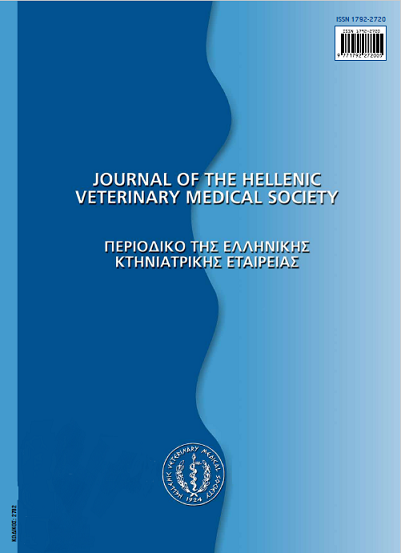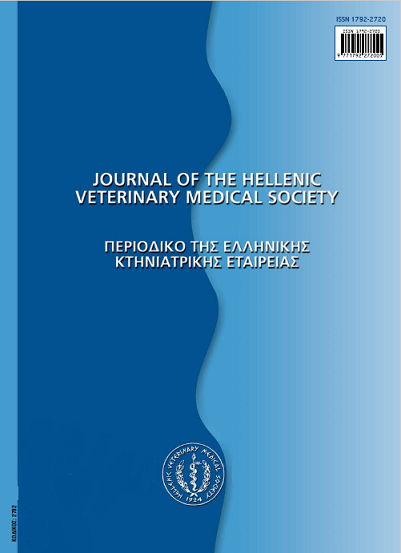The application of in vitro fertilization techniques for the evaluation of ram fertility

Abstract
The prediction of field fertility of a given ram by using in vitro tests would be of great importance for the reproductive management in sheep flocks. There are many in vitro procedures available for evaluating semen quality and fertilizing ability, and the method chosen depends on the objective of evaluating the sperm and the available resources. The in vitro evaluation of semen fertilizing ability was firstly developed for the artificial insemination (AI) purposes and secondly for the application of in vitro fertilization (IVF) technique. The IVF techniques allow the assessment of fertility in terms of ability to penetrate and fertilize in vitro mature oocytes and ultimately to yield component embryos following IVF and culture. In this review are briefly presented in vitro studies performed in an attempt to establish an accurate laboratory test for the evaluation and, even more, the prediction of field fertility in sheep.
Article Details
- How to Cite
-
PAPADOPOULOS (Σ. ΠΑΠΑΔΟΠΟΥΛΟΣ) S., THEODOSIADOU (Α. ΘΕΟΔΟΣΙΑΔΟΥ) E., KANTAS (Δ. ΚΑΝΤΑΣ) D., & VALASI (Ε. ΒΑΛΑΣΗ) E. (2018). The application of in vitro fertilization techniques for the evaluation of ram fertility. Journal of the Hellenic Veterinary Medical Society, 66(2), 63–69. https://doi.org/10.12681/jhvms.15588
- Issue
- Vol. 66 No. 2 (2015)
- Section
- Review Articles

This work is licensed under a Creative Commons Attribution-NonCommercial 4.0 International License.
Authors who publish with this journal agree to the following terms:
· Authors retain copyright and grant the journal right of first publication with the work simultaneously licensed under a Creative Commons Attribution Non-Commercial License that allows others to share the work with an acknowledgement of the work's authorship and initial publication in this journal.
· Authors are able to enter into separate, additional contractual arrangements for the non-exclusive distribution of the journal's published version of the work (e.g. post it to an institutional repository or publish it in a book), with an acknowledgement of its initial publication in this journal.
· Authors are permitted and encouraged to post their work online (preferably in institutional repositories or on their website) prior to and during the submission process, as it can lead to productive exchanges, as well as earlier and greater citation of published work.



